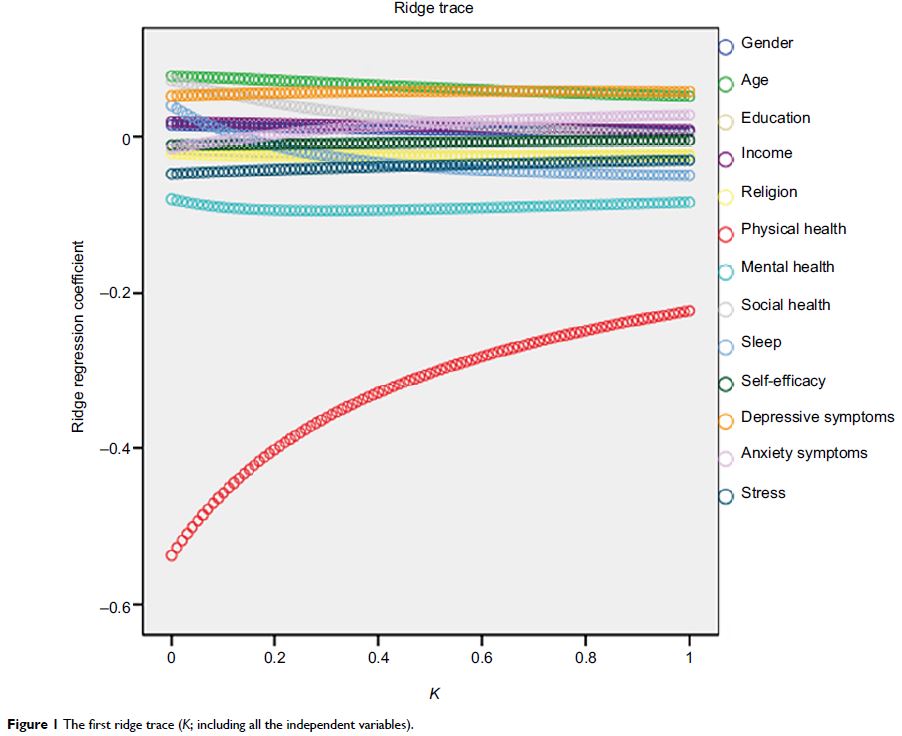108985
论文已发表
注册即可获取德孚的最新动态
IF 收录期刊
- 3.4 Breast Cancer (Dove Med Press)
- 3.2 Clin Epidemiol
- 2.6 Cancer Manag Res
- 2.9 Infect Drug Resist
- 3.7 Clin Interv Aging
- 5.1 Drug Des Dev Ther
- 3.1 Int J Chronic Obstr
- 6.6 Int J Nanomed
- 2.6 Int J Women's Health
- 2.9 Neuropsych Dis Treat
- 2.8 OncoTargets Ther
- 2.0 Patient Prefer Adher
- 2.2 Ther Clin Risk Manag
- 2.5 J Pain Res
- 3.0 Diabet Metab Synd Ob
- 3.2 Psychol Res Behav Ma
- 3.4 Nat Sci Sleep
- 1.8 Pharmgenomics Pers Med
- 2.0 Risk Manag Healthc Policy
- 4.1 J Inflamm Res
- 2.0 Int J Gen Med
- 3.4 J Hepatocell Carcinoma
- 3.0 J Asthma Allergy
- 2.2 Clin Cosmet Investig Dermatol
- 2.4 J Multidiscip Healthc

睡眠质量和协变量是中国农村普通人群疼痛强度的预测指标
Authors Liu XK, Xiao SY, Zhou L, Hu M, Zhou W, Liu HM
Received 10 November 2017
Accepted for publication 10 January 2018
Published 26 April 2018 Volume 2018:11 Pages 857—866
DOI https://doi.org/10.2147/JPR.S156731
Checked for plagiarism Yes
Review by Single-blind
Peer reviewers approved by Dr Minal Joshi
Peer reviewer comments 2
Editor who approved publication: Dr E. Alfonso Romero-Sandoval
Purpose: The
aims of this study were to investigate the distribution of sleep quality and
its relationship with the prevalence of pain among rural Chinese people and to
explore the association between sleep quality and pain intensity among the
general population in real-life settings.
Methods: This cross-sectional survey included a total of 2052 adults from rural
areas in Liuyang, Hunan Province, recruited through random multistage sampling.
The distributions of sleep quality and pain prevalence among the participants
over a 4-week period were described. Because of multicollinearity among
variables, the influence of self-rated sleep quality and psychosocial
covariates on pain intensity was explored using a ridge regression model.
Results: The data showed that participants reporting all categories of sleep
quality experienced some degree of pain. Sleep quality, along with physical and
mental health, was a negative predictor of pain intensity among the general
population. Symptoms of depression positively predicted pain intensity.
Conclusion: Poor sleep quality increased pain intensity among the participants. Both
previous research and the present data suggest that improving sleep quality may
significantly decrease pain intensity in the general population. The
relationship between sleep and pain may be bidirectional. This finding also
suggests that treatment for sleep disorders and insomnia should be addressed in
future efforts to alleviate pain intensity.
Keywords: sleep, pain, depression symptoms, mental health
